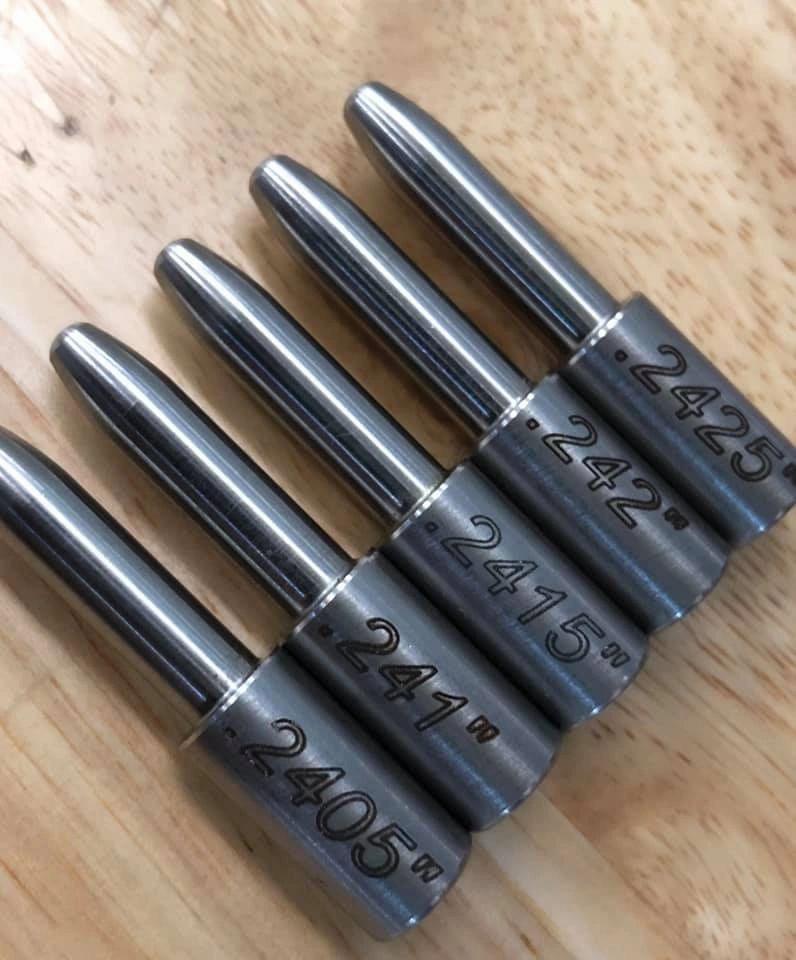I would opt for a smaller bushing rather than trying to crimp a non canalured bullet. I use Redding S bushing dies for all my rifles and have got the same or better accuracy with tighter necks in all of them. Years ago I would have expected the opposite. I'm trying to get a friends .300 Weatherby to shoot. Douglas moly barrel w .500 freebore, etc. Whoever did the barrel sucked. Factory cartridges have .033 headspace in front of them, the crown is rough, some other issues. I didn't have bushing dies so I honed the expander ball (originally .001 under) and accidentally made it .004 under by the time it was polished. In each of 4 loads, the tight necks shot groups 1/3 to 1/2 the size of the loose necks. Is the tight neck making up for out of concentricity issues in the chamber? Too dumb to figure it out.

